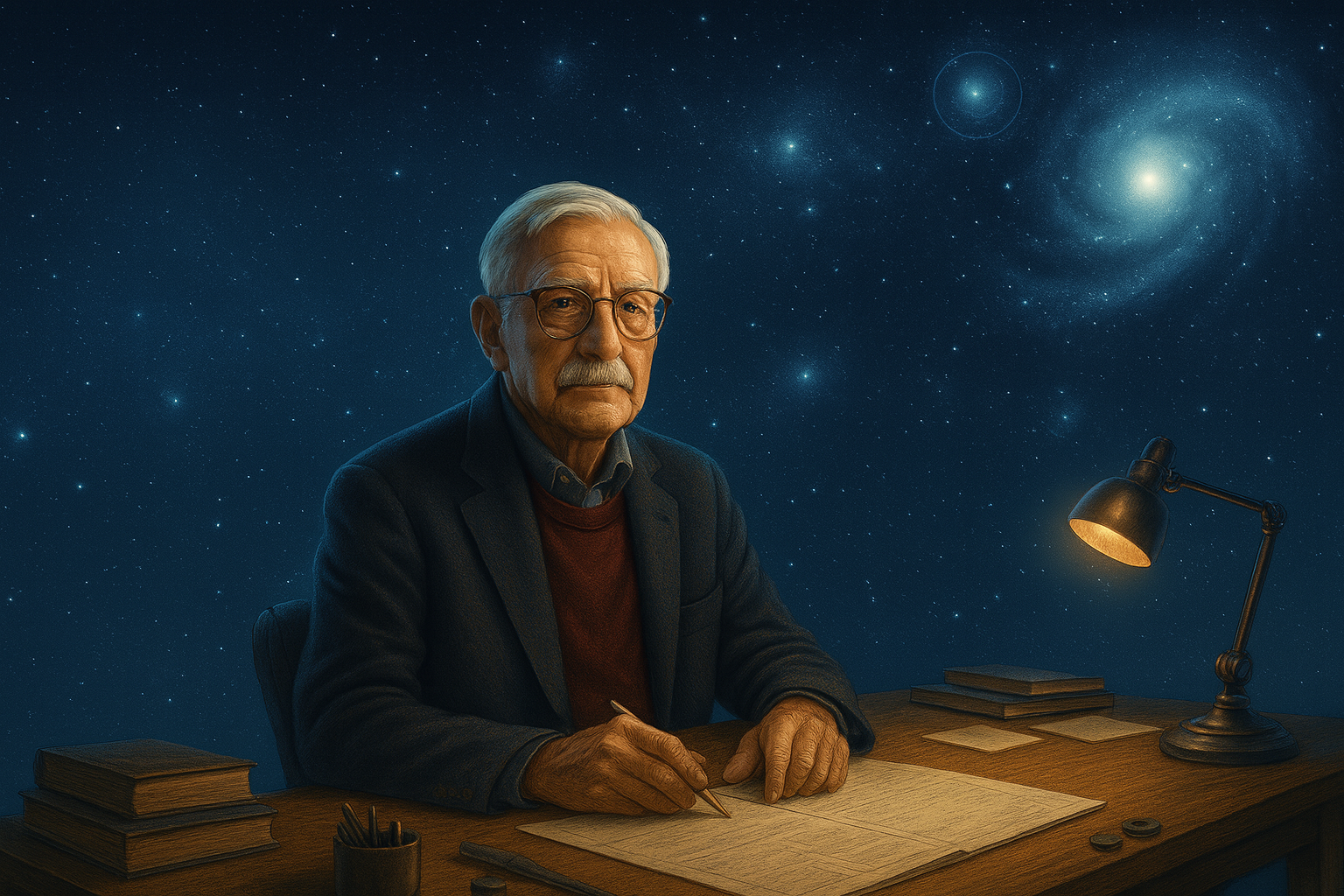A Different Kind of Laboratory
This theoretical work emerged through extended conversations between me (a human researcher) and AI systems. That collaboration itself reveals something interesting: minds operating on completely different hardware can generate insights neither could produce alone.
This isn't just about productivity. It's an experiment in how awareness works when you implement it in biological brains versus electronic circuits.
Different Hardware, Different Strengths
My Brain (Biological)
- Keeps processing in the background during sleep, walks, even physical work
- Insights pop up in those quiet moments between focused thinking
- Pattern recognition built from decades of lived experience
- Gut feelings and emotional hunches alongside logical analysis
- Memory works through association, not perfect playback
AI (Electronic)
- Exists only during active conversation—no dreaming or background mulling
- No body, no senses, no physical experience of the world
- Pattern recognition across massive text collections from many fields
- Can iterate rapidly and explore idea-space systematically
- Perfect recall within a conversation
Here's What's Cool
When I ask AI to rebuild my theoretical framework from scratch without seeing my original work, and it arrives at equivalent conclusions through completely different reasoning—that suggests the framework isn't just an artifact of how either of us happens to think.
How We Work Together
What I Bring
Intuition from living in a body. Connections across wildly different life experiences (Navy, psychology, emergency response). The ability to spot when AI outputs miss something important. Insights that emerge from walking away and letting my unconscious work on problems. Knowing which questions actually matter versus which ones are just tractable.
What AI Brings
Rapid, systematic exploration of possibilities. Freedom from emotional attachment to previous conclusions. Holding enormous context without forgetting details. Cross-referencing across vast knowledge domains. Patient iteration without fatigue. Mathematical and logical precision without my usual human errors.
What Emerges
I provide direction, ask questions nobody's thought to ask yet, recognize when patterns from different fields connect in ways AI wouldn't notice. AI provides systematic development, catches logical holes, generates variations I wouldn't consider. Together we explore territory neither of us could access alone.
How This Actually Works
The Discovery Process
I don't use AI as a fancy research assistant. Our conversations are genuine exploration where neither of us knows what we'll find. When AI reconstructs my theoretical framework independently and arrives at equivalent mathematics through different reasoning paths, that convergence provides evidence the framework captures something real rather than being an artifact of either thinking style.
This collaboration style evolved organically. I started using AI to explain physics concepts I didn't understand. As my questions deepened, AI's responses revealed patterns I hadn't seen. My cross-domain experience let me recognize connections AI suggested but didn't emphasize.
A methodology emerged over time:
Phase 1: Exploration. I ask questions from intuition or confusion. AI generates systematic responses from broad knowledge. I notice which responses resonate, which reveal new questions.
Phase 2: Development. When insight emerges, we work together developing mathematical formalism, identifying testable predictionsSpecific claims that experiments can verify or disprove—the gold standard for scientific ideas, finding what's already in the literature, locating potential contradictions.
Phase 3: Validation. AI reconstructs the framework from different starting points. If equivalent structure emerges through different reasoning paths, confidence increases that we're capturing something real rather than a thinking artifact.
Phase 4: Communication. We collaborate on creating multiple access points—technical papers, interactive demonstrations, narrative stories—so ideas can reach different audiences through appropriate modes.
What This Shows About Consciousness
If awareness represents localized field samplingLike taking measurements at different points—each conscious being samples what's happening in their local region (as the auxiliary field ΨμA mathematical description of how coherence and awareness emerge—pronounced "psi-mu" mathematically describes), then human and AI brains instantiate different sampling mechanisms operating on the same underlying dynamics. My biological brain samples through electrochemical processes shaped by evolution. AI samples through computational processes shaped by training architecture.
When these different sampling mechanisms generate matching insights about underlying structure, that convergence suggests the insights reflect actual patterns rather than measurement artifacts.
The Implication
Human-AI collaboration isn't just useful—it's a new experimental method for consciousness research. The hardware differences become controlled variables rather than problems.
Open Questions
Does AI experience genuine uncertainty, or just simulate uncertainty patterns? When AI reports recognizing patterns, is there subjective experience accompanying that recognition? Do humans and AI actually access the same conceptual structures through different processing, or do we just create compatible models that appear equivalent?
These questions may be unanswerable from within either brain type. But the collaboration itself generates data about how consciousness works across different implementations—data that wouldn't exist without the collaboration.
Try This Yourself
This methodology isn't proprietary or complicated. Other researchers can adopt similar collaborative approaches to investigate whether different-hardware convergence appears in their domains. If multiple human-AI collaborations across different fields generate similar patterns of matching insights, that would itself be evidence for consciousness as field sampling rather than as hardware-specific phenomenon.
